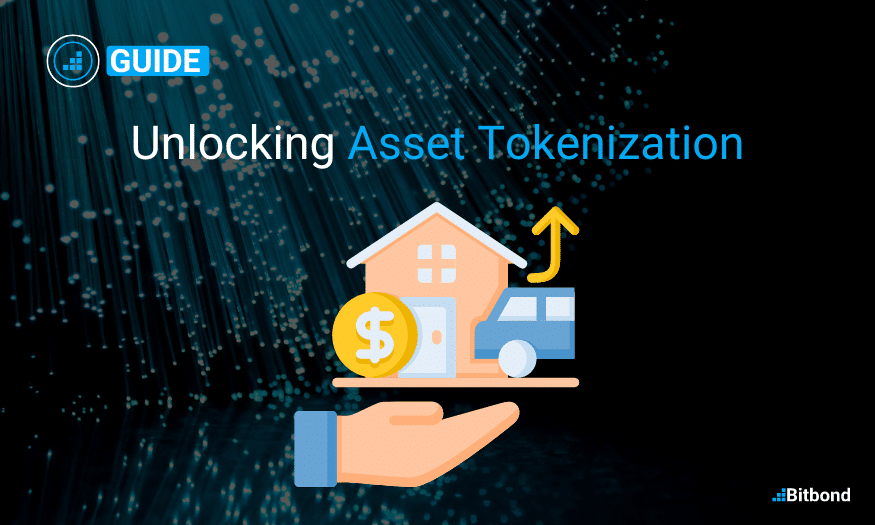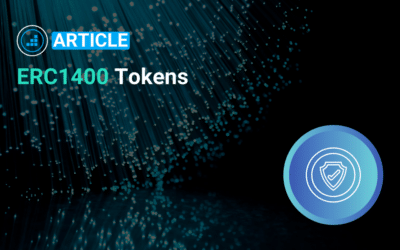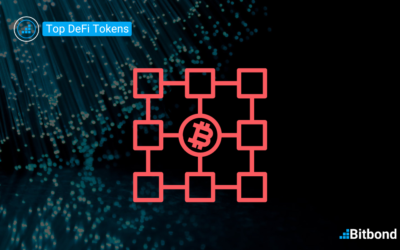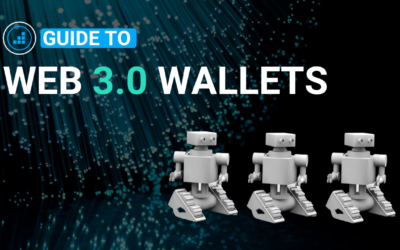Table of Contents
Demystifying Asset Tokenization: Unlocking New Frontiers in Finance
Asset tokenization is rapidly transforming the financial landscape by digitizing assets and unlocking their potential. This revolutionary concept is streamlining processes, increasing accessibility, and paving the way for a more inclusive and efficient financial system.
What is Asset Tokenization?
Imagine converting real-world assets like real estate, art, or even securities into digital tokens on a blockchain or DLT. This is the essence of asset tokenization. These tokens represent fractional or full ownership, enabling investors to participate in previously inaccessible markets with lower barriers to entry. Asset tokenization is the process of issuing a digital representation of a real tradeable asset on blockchain or DLT. In other words, it consists of converting assets into digital tokens, allowing them to be traded and sold on blockchain networks. Basically, issuing a tokenized security (aka security token).
Asset tokenization market has been growing significantly and is proving to be a way more efficient process of security issuance. The daily trading volume in digital assets is continuously growing. See our 2022 digital assets report for more insights and data on the current state of tokenized securities. Tokenization of assets enables investors with access to a wider range of investment opportunities alongside reducing the barriers to entry for investing in traditional assets such as real estate, art, and collectibles.
Asset tokenization offers the potential to democratize finance and investments, making it easier for people to invest in and own a portion of assets that were previously only accessible to larger investors. At Bitbond we strive to making tokenization more accessible, with our tokenization platform, users can effortlessly create tokens and launch token presales.
We believe that in the coming 5 to 10 years, most conventional asset classes will be tokenized, and will exist in some way on a blockchain or DLT. This shift in markets is the most exciting time in the blockchain space, which is among the reasons Bitbond decided to focus on asset tokenization in general.
Regulatory environment is slowly maturing enabling financial institutions with the possibility to start exploring the utilization of such cutting-edge innovation. In Germany for instance, the eWpG consists of making electronic securities possible, allowing most financial securities to be tokenized. Additionally, the provision of custody services for 3rd parties is financially regulated and became part of the German banking act.
How does asset tokenization work?
We mentioned above that asset tokenization works by creating digital tokens on DLT/blockchain. These tokens represent the full or fractional ownership of a real-world asset. Recorded on a blockchain network, it is made transparent and secure as they can be bought, sold, and traded on blockchain exchanges, making it easier to transfer ownership of assets.
Benefits of Asset Tokenization
The numerous benefits offered by asset tokenization include:
- Increased Liquidity: Tokenization facilitates seamless trading and selling of assets, boosting liquidity and attracting more investors.
- Lower Costs: Bypassing intermediaries and streamlining processes significantly reduces costs associated with traditional investment methods.
- Fractional Ownership: Investors can now own a piece of an asset without needing to purchase it entirely, opening doors to new investment opportunities.
- Enhanced Transparency: Blockchain technology ensures secure and transparent recording of transactions and ownership, fostering trust and confidence.
Risks and Considerations for Asset Tokenization
- Regulatory Landscape: The regulatory framework for asset tokenization is still evolving, requiring careful navigation and adherence to evolving guidelines.
- Cybersecurity Risks: Utilizing blockchain technology exposes investments to potential cyber threats, necessitating robust security measures.
- Volatility: Depending on the underlying asset and its denomination, tokenized assets may be subject to market fluctuations, requiring careful risk management.
Addressing Pain Points:
Asset tokenization tackles key challenges in capital markets, as highlighted by industry experts in our recent webinar:
- Investor Perspective: Paul Mehta, Global Head of Loans at Aberdeen Standard, emphasizes the need for improved settlement processes in loan trading, which tokenization can significantly streamline.
- Issuer Perspective: Rose Carmichael, Chief Strategy Officer of IQ International, sees tokenization as a powerful tool for simplifying corporate fundraising and increasing speed to market.
- Bank Perspective: Philipp Doppelhammer, Managing Director at Bankhaus von der Heydt, highlights the potential of tokenization to replace intermediaries and create a one-stop shop for issuance and servicing.
Asset Tokenization – The Future of Finance is Tokenized
With its inherent benefits and growing adoption, asset tokenization is poised to reshape the financial landscape. As regulatory frameworks mature and technology advances, we can expect even wider applications and a more inclusive, efficient, and transparent financial system for all.
Are you interested in asset tokenization? Learn more about Bitbond and the technology we provide, or register check out Token Tool and try creating tokens yourself




